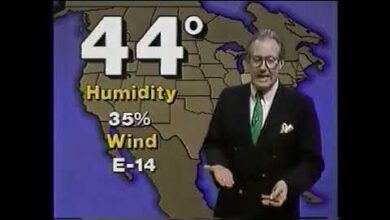
Technology is changing the way pollution is tracked across the United States.
That is clear in California, where a tool called CalEnviroScreen allows users to find out the relative impact of pollution on their community.
"The idea was to try to understand and address this issue of cumulative impacts," said Dr. John Faust, who works in California's Office of Environmental Health Hazard Assessment. "CalEnviroScreen is a geographic screening tool that's intended to identify communities in California that are burdened by multiple sources of pollution."
The team at California's OEHHA first published CalEnviroScreen in 2013. The tool is now in its fourth edition.
Californians or other interested parties can look up the relative pollution in any U.S. Census tract in the state.
"There are about 21 [indicators] that represent different types of pollution," said Dr. Faust, "like air quality, water quality ... the presence of solid waste, landfills, and so forth. Each of those has an indicator that is scored in relation to all the other Census tracts in the state. For example, an 89 percentile in a given Census tract means that the score is higher than 89% of the other Census tracts across the state."
The publicly available tool is just one way the data is used.
A 2012 California state law required the state's Environmental Protection Agency to identify communities that are disproportionately impacted by pollution.
CalEnviroScreen was developed to help meet that goal. Data scientists had to assemble a variety of statistics from different state and federal agencies. Experts have called the finished product groundbreaking.
"Bringing all the data sets to a uniform geography, the Census tract, was pretty new for a lot of the data sets in CalEnviroScreen," said Laura August, a scientist at OEHHA. "The data might have existed, but we had to develop methods to aggregate it at a similar uniform scale for all the data sets."
"At this point," said Dr. Faust, "several billions of dollars have been allocated to disadvantaged communities as a result of this program."
The federal government has a similar mapping tool, EJSCREEN. It contains many of the same features as CalEnviroScreen, but does not include state-specific data, such as pesticide reporting.
Other states are developing their own tools.
"Washington state has had a similar initiative, and I know the state of Michigan has also started on this path," said Dr. Faust. "And as I understand, the state of Colorado's department of public health and environment is also committed to looking at the development of a similar tool."
OEHHA leaders say this tool would not have been possible without the technological innovations of the last decade.
"When I started 12 years ago, online, interactive maps weren't as easily developed and created," said August. "And now, it's just kind of a standard, that we can put our data on a map, that someone can search their address. That technology has definitely been a benefit."









